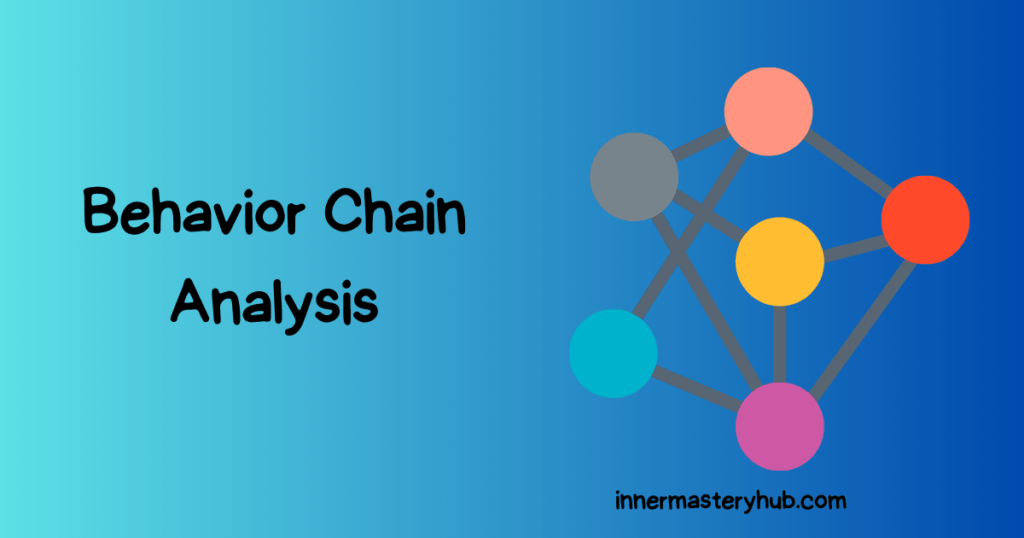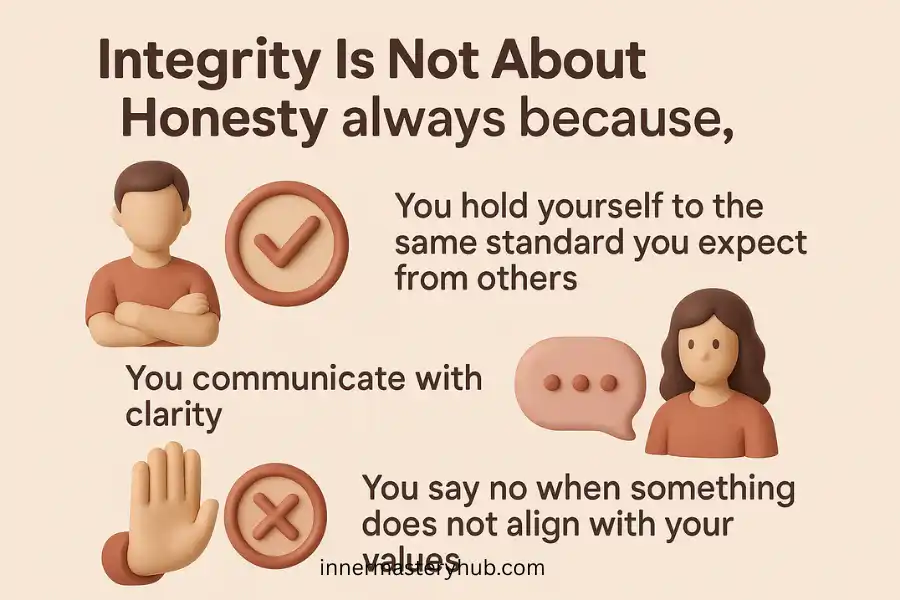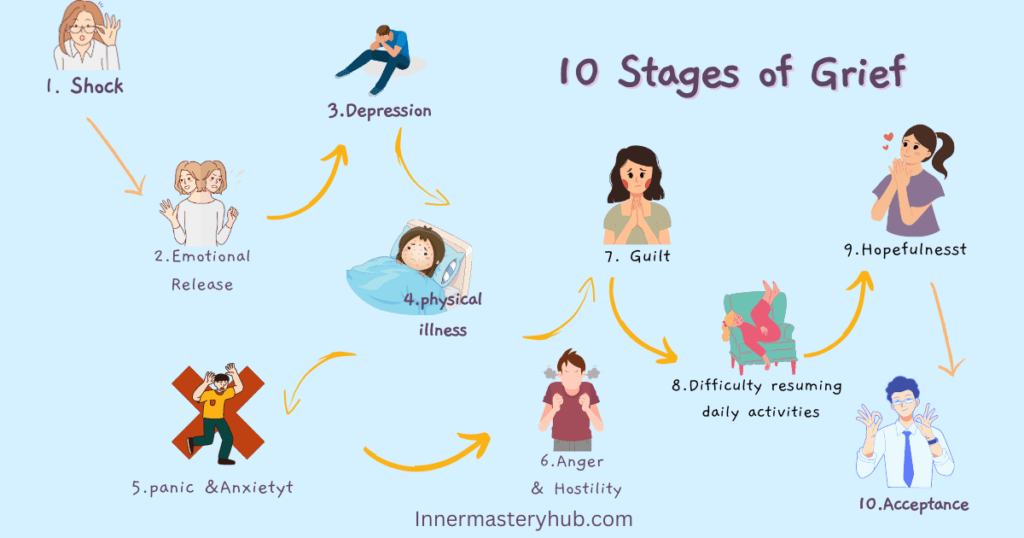Inner Child Healing Journal Prompts to Reconnect, Reflect, and Heal

I invite you to sit with me and explore inner child healing journal prompts that have changed my life and many clients’ lives. You may already sense that a younger part of you still cries out for care. Research shows that childhood wounds often echo in adult anxiety, depression, and relationship conflict.
I learned, through structured writing, to meet that child on the page. You can do the same. This article follows Solution—to give you clear facts, fresh perspectives, and practical prompts you can start tonight.
Why Childhood Wounds Still Hurt
Childhood pain persists into adulthood. Studies in cognitive-behavioral therapy integrate the “inner child healing” concept to explain how early unmet needs give rise to persistent thought patterns.
Adults with high Adverse Childhood Experience (ACE) scores show higher rates of chronic disease, addiction, and mood disorders (Centers for Disease Control, 2016). I once believed my panic had no source; later journals revealed memories of silent dinners where feelings were unsafe.
Writing lays those patterns bare. Expressive-writing experiments by Pennebaker and colleagues found improved immune function and reduced health-center visits four months after people wrote about trauma for 15 minutes a day over four days. Journaling, therefore, meets two clinical goals at once: emotional disclosure and cognitive reappraisal.
Daily Signs Your Younger Self Is Still Hurting
Stress reactions feel disproportionate. You may lose sleep after mild criticism. A 2022 self-attachment pilot with Iranian women showed that bonding imaginatively with a childhood image lowered treatment-resistant anxiety by 34 percent after twelve weeks. The numbers confirm what I felt: an ignored inner child inflates small adult challenges.
Relationships replay unfinished stories. Partners often trigger the same abandonment you felt when a parent traveled for work. The schema-therapy literature labels this “limited reparenting,” in which the therapist models a reliable caregiver. Until you assign that role to yourself, the conflict cycle repeats.
Body symptoms act as alarms. Migraine, irritable bowel, and hypertension correlate with unresolved trauma, Cambridge University Press & Assessment. I once kept migraine medication in every bag; after six months of targeted journaling, attacks dropped from weekly to monthly. Your body may be asking for the same dialogue.
My 3-Phase Inner Child Prompts Writing Method.
I split healing prompts into Safety, Exploration, and Reparenting. Clinical writing studies warn that diving into trauma too fast can backfire, so each phase builds tolerance.
Phase 1 – Inner child Journal Prompts for safety (Days 1-7)
Grounding Image
Prompt. “Describe in detail a place where your child self felt safe.”
Example. I wrote about my grandmother’s kitchen—warm bread smell, ticking clock. You might recall a playground. Writing stabilizes the nervous system by shifting attention to sensory input.
Resource List
Prompt. “List five adults who offered kindness in childhood, even briefly.”
Application. You may name a teacher who praised your drawing. Seeing evidence of past support counters the brain’s negativity bias.
Current Anchor
Prompt. “List three present-day activities that calm you.”
Why it works, research on behavioral activation shows that simple pleasant events lower depressive symptoms.
Phase 2 – Explorative Inner Child Journal Prompts (Days 8-21)
First Memory of Shame
Prompt. “Recall the earliest time you felt ‘something is wrong with me.’ Describe the scene without judging the child.”
Daily life tip. Set a timer for 10 minutes to avoid overwhelm; close with a one-sentence reassurance to your younger self.
Trigger Map
Prompt. “List current situations that spark big reactions. Connect each to a childhood event if possible.”
Example. I noticed loud voices at work sent me into freeze Mode, and my father yelling during math homework was no exception.
Emotion Wheel Dialogue
Prompt. “Ask your child self which emotion fits today using an emotion wheel, then let that part speak for five sentences.”
Data point. Labeling emotions reduces amygdala activation, improving regulation (Lieberman et al., 2007).
Protective Behavior Audit
Prompt. “Write three habits that once protected you but now limit you.”
Example. I stayed silent in meetings; it kept me safe at home, but stalled my career. You may find similar patterns.
Phase 3 – Reparenting Inner Child Journal Prompts (Days 22-60 and beyond)
Compassionate Letter
Prompt. “Write a letter from your adult self to your child self, promising consistent care.”
Evidence. Self-compassion journaling predicts lower rumination and higher resilience (Neff & Germer, 2019).
Need Identification
Prompt. “Ask, ‘What did you need then that you can give now?’ List at least three needs.”
Practice tip. Translate a need for play into a weekly dance class.
Boundary Script
Prompt. “Draft a simple script to say ‘no’ when a situation repeats the old hurt.”
Real-life use. Keep the script in your phone notes so you can read it before stressful events.
Celebration Record
Prompt. “Document one small victory each evening and tell your inner child, ‘We'” id it.’”
Why it matters: reward pathways reinforce new behavior; neuroscience shows dopamine spikes with self-acknowledgment.
Future-Self Visualization
“rompt. “Imagine your life in one year if the child feels secure. Describe routine “details”
Research. MChild, unlike implementation intentions, increases goal attainment (Oettingen, 2014).
Photo Dialogue
“rompt. “Place a childhood photo on the page. Let each figure (you and child) write alternating” lines.”
Supporting data. The self-attachment study cited earlier used photos to strengthen the emotional bond.
Play plan
“rompt. “List playful actions you commit to this week—skip rope, doodle, blow bubbles.”
Outcome. Play reduces cortisol levels and increases levels of connection hormones (Brown & Vaughan, 2010).
Re-evaluation Check-In
“rompt. “After 30 days, reread the entry and note shifts in tone, triggers, and self-talk.”
Action step. Circle phrases that show increased warmth; highlight remaining harsh judgments to address next cycle.
50 Gentle Inner Child Healing Journal Prompts
What is your happiest childhood memory?
What made you feel safe as a child?
What scared you most as a child?
What did you love doing for fun?
Who made you feel loved when you were little?
What were you often told you were “too much” or “not enough” of?
What kind of home did you wish for as a child?
What did you dream of becoming when you grew up?
What was your favorite toy, book, or game?
What smells, sounds, or songs remind you of childhood?
What was something you needed to hear but didn’t?
What made you feel unseen or unheard?
What moment from your childhood still feels painful?
How can you comfort your younger self today?
What would you say to your younger self if you could?
What did you need from adults that you didn’t get?
What emotions were you not allowed to express?
How did you cope with sadness or fear as a child?
Who or what hurt you, and what would you want them to understand now?
What does forgiveness mean to you today?
What activities make you feel playful now?
What makes you laugh freely?
When do you feel most like “little you”?
What songs, colors, or places bring you joy?
What small thing always brightens your mood?
What did your inner child love that you can do again today?
How can you bring more fun into your daily life?
What makes you feel creative or curious?
What does “freedom” feel like to you now?
How can you let your inner child play this week?
What does your inner child need from you right now?
How can you show yourself more kindness?
What makes you feel safe and calm today?
How can you create a sense of home within yourself?
What loving words can you tell yourself daily?
What makes you feel proud of yourself?
How can you take better care of your heart?
What boundaries would protect your peace today?
What would you do differently if you truly loved yourself?
How can you celebrate who you are becoming?
How have you grown since childhood?
What lessons has your inner child journaling taught you?
What patterns are you ready to release?
What fears no longer serve you?
What kind of adult does your inner child feel safe with?
How does your body feel when you think about childhood?
What do you want to tell your future self about your healing?
What does “healing” mean to you personally?
What does your ideal healed self look and feel like?
What promise can you make to apply inner child journaling today?
How to Apply the Inner Child Journal Prompts in Daily Life
Set a consistent window. I schedule 20 minutes after breakfast; mornings suit many because cortisol peaks then, making emotional access easier.
Use plain paper or digital tools. Research finds similar benefits across media as long as you write continuously.
Track physiological cues. I mark pre- and post-writing heart rate readings on a smartwatch. You can note muscle tension. Over weeks, you should see a downward trend, confirming nervous-system regulation.
Combine with professional support. Inner child journal prompts work well with schema therapy and EMDR. A therapist can guide you if traumatic memories surface.

Why These Inner Child Healing Prompts Differ from Common Advice
Most lists stop at surface gratitude. My sequence moves from safety to deep memory to behavioral change, mirroring exposure hierarchies in trauma therapy.
Many guides ignore measurable outcomes. I encourage heart-rate tracking and monthly tone reviews, giving you data, not guesswork.
Standard prompts often speak in the third person. Addressing the child directly strengthens the attachment bond, as shown in self-attachment research.
TAKEAWAY
I have shown you how inner child healing journal prompts move from acknowledging the problem to feeling the agitation to practicing concrete solutions. You now hold a 60-day writing map grounded in peer-reviewed data and lived experience.
You learned to build safety, explore old pain, and reparent your younger self with daily prompts, examples, and measurable outcomes. I invite you to choose one prompt today—perhaps the Grounding Image—and notice how your body and mind respond. Each page you fill extends the secure base your child self deserves. I will be beside you on this journey, pen in hand, ready to listen.
Frequently Asked Questions about Inner Child Healing Journal Prompts
What is inner child healing?
Communication with your younger emotional self, acknowledging unfulfilled needs, and providing reassurance are all part of the reflective process of inner child recovery. Compassion is developed, repressed pain is released, and existing relationships are enhanced. When more profound trauma emerges, standard techniques for long-lasting change include organized writing, visualization, playful activities, and therapist support.
How do inner child journal prompts support inner healing?
Inner child prompts provide targeted opportunities to access memory and emotion, directing the mind away from nebulous ruminating and toward tangible communication with the younger self. The framework facilitates the tracking of patterns over time, activates the benefits of expressive writing, and establishes psychological safety. Implicit emotional memories become apparent, controllable narratives when daily prompts are used consistently.
Which emotions indicate my inner child needs attention?
Excessive fear, unexplainable melancholy, chronic guilt, sudden waves of shame, or exaggerated fury are frequently signs of untreated childhood trauma. Usually triggered by small stimuli, these feelings last longer than anticipated and can make you feel younger than your actual age. Understanding these indicators encourages careful investigation rather than reflexive, habitual self-criticism.
When should I write inner child journal prompts?
Select a regular time when there won’t be any disruptions, and your emotional reserves will feel adequate. Many authors favor the morning because of the natural cortisol peaks that improve memory access. Journaling in the evening is effective when combined with grounding exercises. Maintaining a daily routine, protecting privacy, and ending with a relaxing activity are key.
Why is safety important before deep exploration?
The neurological system is stabilized by psychological safety, which avoids overwhelm that might strengthen trauma pathways. The prefrontal cortex can integrate memories coherently because the amygdala is kept at bay through grounding exercises, encouraging environments, and gradual exposure. Without safety, writing can cause dissociation, fear, or avoidance, which decreases efficacy and deters disengagement and ongoing therapeutic practices.
Can inner child journal prompts replace therapy?
Although it provides easily accessible self-help, inner child journaling improves rather than replaces professional therapy. Journaling offers behavioral planning, emotional release, and daily understanding. But severe dissociation, complicated trauma, or mental illnesses frequently call for responsibility, safe reprocessing methods, and skilled supervision. Between sessions or until professional assistance is available, keep a journal.
What results can I expect after 30 days of inner child journal prompts?
Within a month, the majority of authors report increased self-compassion, decreased reactivity, and improved emotional categorization. Research shows that after 4 weeks, expressive writing enhances mood, reduces physical complaints, and boosts immune markers. You might observe improved sleep, more relaxed interactions, and the emergence of playful impulses. Consistent practice indicates long-term benefits, yet results vary.
How do I avoid retraumatizing myself while using inner child journal prompts?
Ground yourself first, set a time limit for the session, and conclude with calming exercises, such as music or stretching. Mix resource-building entries with challenging prompts. Pay attention to your body’s signals and stop if your heart rate rises too much. Remember that you are in charge of the pacing, and ask a trustworthy friend or therapist for assistance. Exposure in stages helps avoid dangerous emotional floods.
How can I measure progress while practicing inner child journal prompts?
Keep tabs on modifications in the behavioral, emotional, and cognitive areas. Use heart rate or sleep data from sensors, weekly mood assessments, and the severity of your reactions to triggers. Monthly journal tone review: replace self-criticism with affirmations of compassion. Compare the frequency of procrastination, migraine, and disagreement. Objective measurements encourage sustained participation over the course of the weeks and validate improvement.
How do I start inner child journaling when it feels overwhelming?
Begin with short, gentle prompts. Pick 1-2 questions you feel able to write about. Create a safe space, be kind to yourself, and allow for pauses. Healing takes time.
What kinds of childhood experiences matter in inner child journaling?
Both big traumas and everyday hurts matter: feeling unseen, unsupported, scared, or constrained in childhood. These shape adult patterns. It’s also about remembering joys and strengths.
What changes can I expect from inner child healing?
You might feel more self-compassion, less reactive, better able to set boundaries, more playful, and more connected to your true self. Over time, old patterns may loosen their grip.






